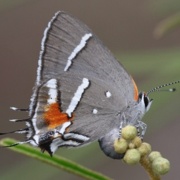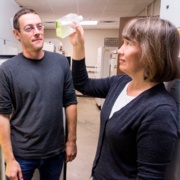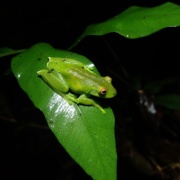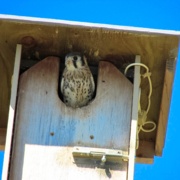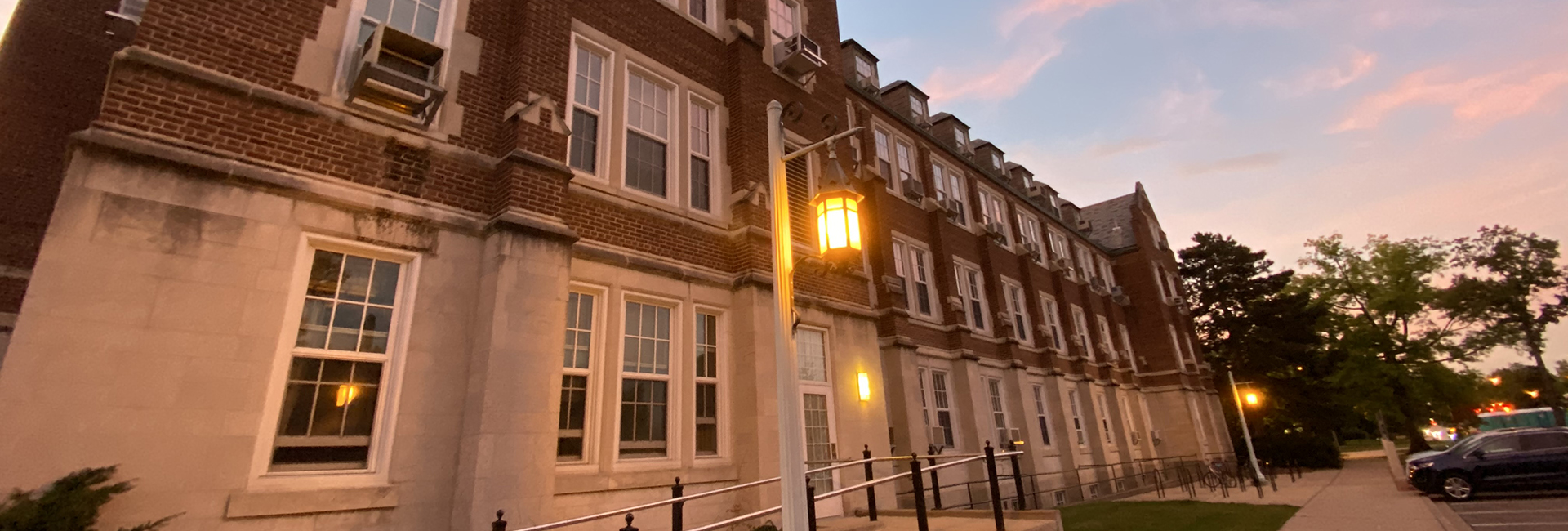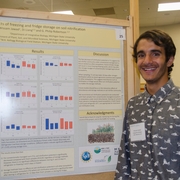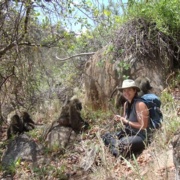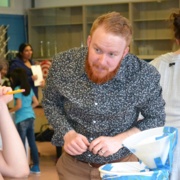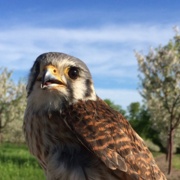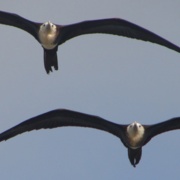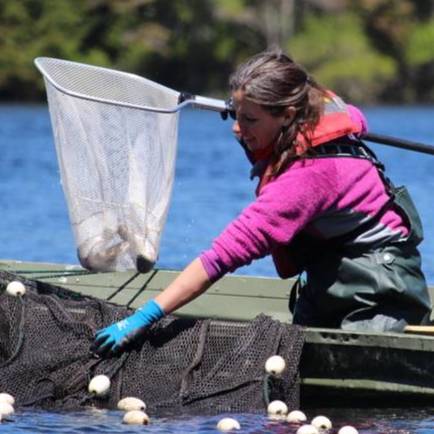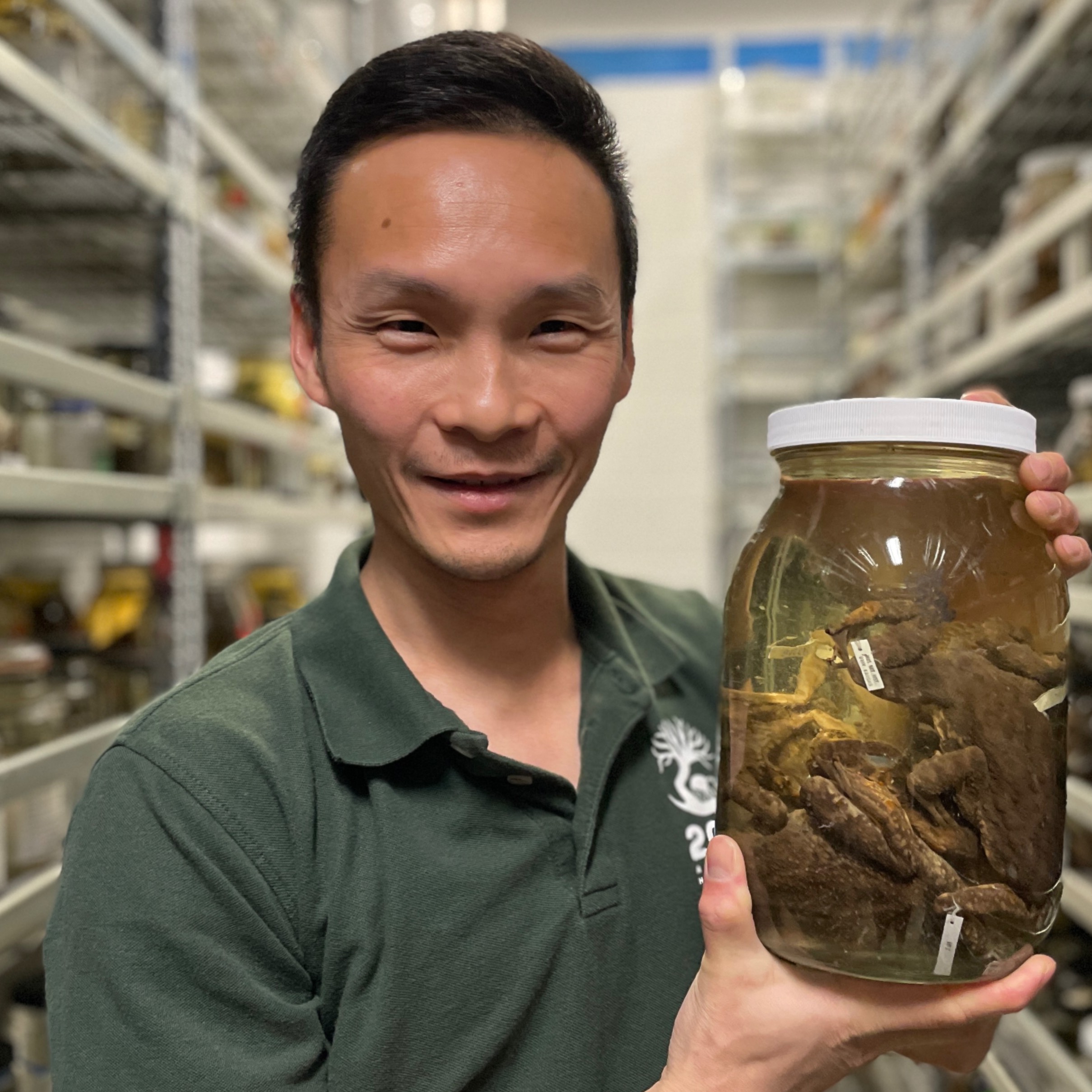News
August 20, 2018
Under normal conditions, the butterfly needs severe disturbance, such as fire or dense tree removal, to maintain its habitat and food source. The devastating hurricane in southern Florida created a second disturbance. Nick Haddad and Erica Henry have been awarded a grant to study whether these two disturbances create an even better habit and increase butterfly numbers or eliminate butterflies altogether.
July 25, 2018
Elena Litchman and Christopher Klausmeier are the recipients of a two year, $360,000 NASA Astrobiology/Exobiology grant to fund research on modeling the evolutionary origin of diverse microbial metabolisms.
July 25, 2018
Thanks to new research published in Ecological Applications, there’s a guide to help land-use development and efforts to conserve amphibians, which are rapidly declining worldwide.
June 21, 2018
Scientists have found that the evolutionary trick some fish use to make brief electrical discharges could provide new insights on treatments for diseases such as epilepsy.
June 1, 2018
Patrick “Pat” Muzzall is a respected parasitologist, working primarily with the parasites of fish and amphibians. Pat was heavily involved in undergraduate education, primarily teaching general biology and parasitology.
May 15, 2018
What can help boost Michigan’s economy? American kestrels. In a recent study, the Lindell Lab shows that America’s smallest raptor can boost Michigan’s – and other fruit-growing states’ – bottom lines.
April 6, 2018
Colleagues, staff, and students in the Department of Integrative Biology; the Neuroscience Program; Integrative Studies in Biology; and across MSU and around the world are saddened by the death of Lyn Clemens, following a long, quiet struggle with cancer.
April 5, 2018
Zoology major, Wissam Jawad, provides a big-picture idea of a student's summer at MSU's W.K. Kellogg Biological Station.
April 5, 2018
The Lenski Lab at Michigan State University is home to the famous Long-term Experimental Evolution Project. Caroline Turner, Richard Lenski, and colleagues recently published a pre-print about an exciting new finding from the project.
April 5, 2018
We are excited to announce that Eila (pronounced "A"-la) Roberts, Ph.D. joined the Department as a Specialist-Advisor on May 15, 2017. Not only does Eila bring a strong academic advising background to the Spartan community, but she has also has excelled as a researcher and educator.
April 5, 2018
After finishing his dual Ph.D. in Integrative Biology and Ecology, Evolutionary Biology, and Behavior at Michigan State University, Jakob Nalley was off to Northwestern University to further pursue his passion for research and science education. Jakob’s new job focuses on enhancing community engagement and improving science education through Northwestern University’s Science in Society, a research center dedicated to science education and public engagement.
March 30, 2018
Doctoral student, Allison Young, will spend nine months in India as a Fulbright Scholar investigating some of the most vastly understudied and critically important species for the pollination of both agricultural and wild plants—tropical honey bees.
March 1, 2018
Farmers around the world are turning to nature to help them reduce pesticide use, environmental impact and, subsequently, and in some cases, increasing yields. Specifically, they’re attracting birds and other vertebrates, which keep pests and other invasive species away from their crops. A study led by Catherine Lindell showcases some of the best global examples.
January 23, 2018
Visitors to Sleeping Bear Dunes National Lakeshore are often treated to tiny scurrying beachcombers – piping plovers. Future visitors, however, could see fewer of these celebrated shorebirds. A study conducted by the Zipkin Lab revealed that the endangered shorebird population could decline over the next 10 years if additional conservation efforts are not taken.
January 4, 2018
Elise Zipkin will play a lead role in the model development of aerial seabird data for the Gulf of Mexico Marine Assessment Program for Protected Species. The study area spans the coast from the Texas-Mexico border down to the tip of Florida.
